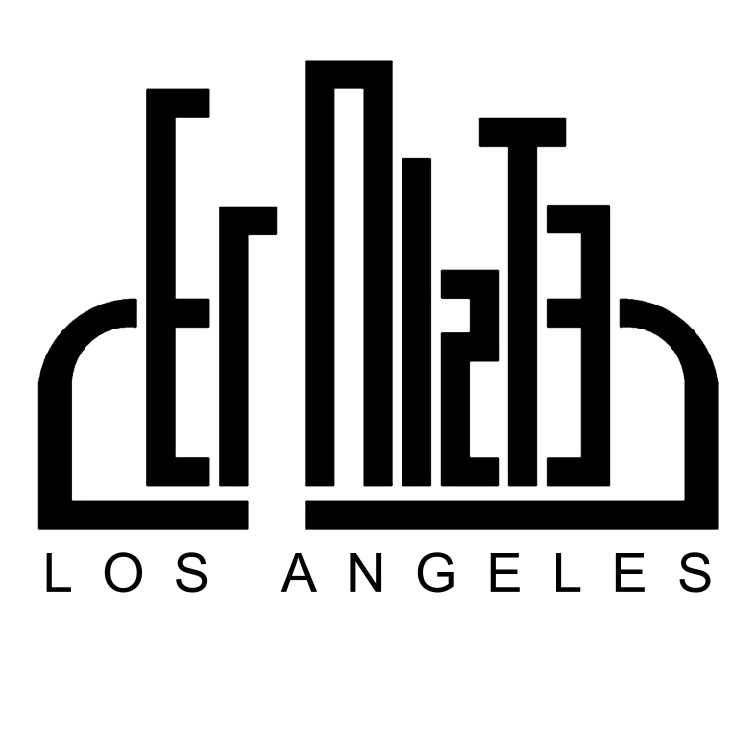The Joy of the Rooftop Sukkah
In the days of the Temple, there were 70 bulls that were sacrificed throughout the days of Sukkot: 13 on the first day, 12 on the second, all the way down to 7 on the final day. The Talmud reckons that the 70 bulls corresponded to the 70 nations of the world (which in the Jewish mind, means ‘everyone.’) The prophet Zechariah foresees, in a reading which we chant on the Shabbat of Sukkot, that one day the world will gather in Jerusalem to pray for rain.
“All who survive of all those nations that came up against Jerusalem shall make a pilgrimage year by year to bow low to the Supreme God of Hosts and to observe the Feast of Booths.” (14:16)
This is in reference to the prophecy that one day, the nations of the world will fight Jerusalem and be defeated, heralding the beginning of the Messianic Era. This is when, as Zechariah states, “God will be One and God’s Name will be One,” which we say at the conclusion of the Aleinu prayer.
Apocalyptic war aside, the vision of Zechariah is embedded deeply into Sukkot. We intend for everyone to come to our Sukkahs; we invoke the Ushpizin of the Zohar, our holy ancestors, to visit us, in the same way we invite Elijah the Prophet into our homes on Passover. On Passover, we stay in the house and invite people in. On Sukkot, we build a house in the open air so that all may come, like Abraham’s tent, which stood open waiting for guests.
Our Sukkahs are Temples that we build. This Time of our Happiness (Zman Simchateinu) gives us permission to enact a version of another vision of Zechariah’s: that one day, all the pots of the people of Israel can be used for sacrifices. All Israel will become priests. We rejoice with the Lulav and Etrog, the Palm, Myrtle and Willow combined, and the Citron, and share our sacred vegetation and fruits with others for their ritual needs.
Sukkahs are temporary in nature — they are not Sukkahs if they stay up. In a way, this is halakha working backwards in time: something happening in the future invalidating the past.
Once, we at Der Nister had the halakhic validity of our rooftop Sukkah challenged: we never bothered tearing it down after the holiday. Fortunately, our landlord, an Israeli, was wise enough to take care of this problem for us.
Delightfully, our Sukkah, being on a communal rooftop, is used excitedly by the residents of the whole building. One neighbor made a point to do yoga in Sukkah.
We take great pleasure in building the Sukkah together and inviting the world into it. (Just today, Rabbi Hollander and myself ventured into the venerable Flower District for some fresh myrtle to use as schach, the covering of the Sukkah.) It’s become a community project to watch it rise and decorate it; it’s very special having people come in and eat, discuss Torah and philosophy, and spending quality time with each other is such an unreal setting: the wooden hut on the fifteenth floor, gazing upon the Financial District skyscrapers.
